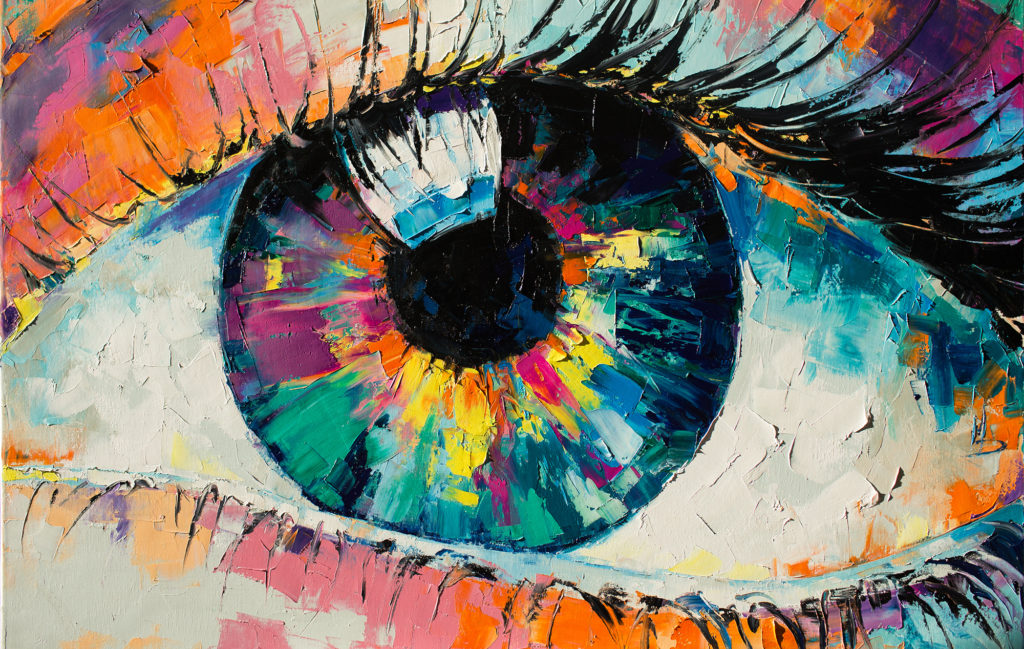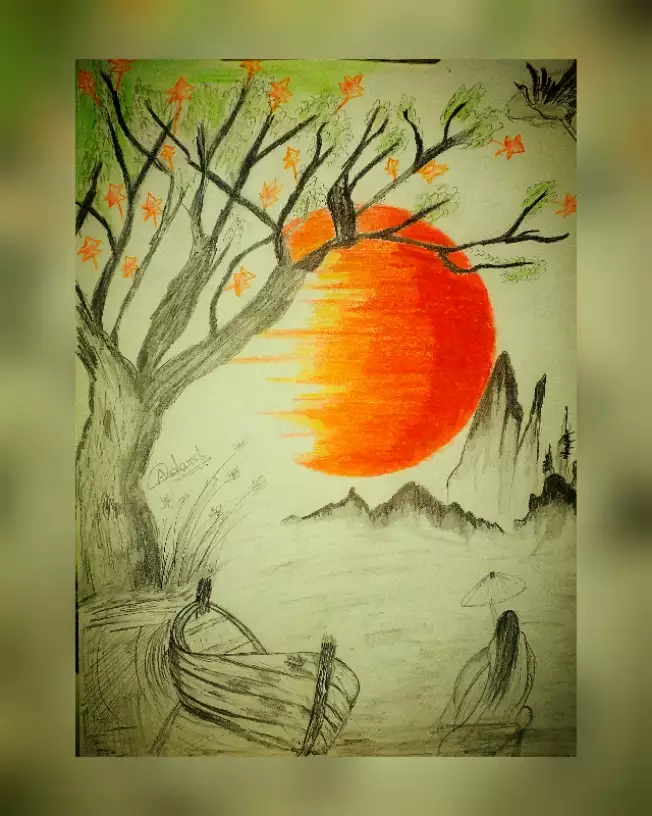Starting a Visual Trip With the Lyrical Analyses of Nature in Impressionist Landscapes
Each brushstroke, each play of light and darkness, and each shade option in their jobs talks volumes regarding the artists' deep connection to nature and their capability to translate its charm onto the canvas. As we discover the lyrical analyses of nature in Stylist landscapes, we are invited to submerse ourselves in a globe where fact and feeling intertwine, providing a peek into the artists' profound recognition for the natural globe.
The Captivating Brushstrokes of Claude Monet
Claude Monet's mastery of brushstrokes transcends simple strategy, imbuing his landscapes with a heavenly quality that enthralls and mesmerizes visitors - trump art. His innovative usage of shade and light, integrated with his distinct brushwork, develops a feeling of motion and life within his paintings. Monet's prominent series of jobs illustrating water lilies and his iconic haystacks display his ability to record the short lived impacts of light and atmosphere

Embracing Light and Shadow With Camille Pissarro
Symbolizing a similar respect for the interaction of light and shadow, Camille Pissarro's artistic vision unfolds as an unified exploration of the environment's luminescent subtleties. Pissarro, an essential figure in the Impressionist activity, masterfully recorded the dynamic partnership between light and darkness in his landscapes. His skilled use color and brushwork enabled him to convey the subtle changes in light that specify various times of day and seasons.
Pissarro's paints typically feature spotted sunlight infiltrating leaves, casting intricate patterns of light and darkness on the earth below. In works such as "Hoar Frost, the Impact of Snow, Pontoise," Pissarro skillfully illustrates the crisp brightness of winter months sunshine juxtaposed with the great shadows that define the snowy landscape. By embracing both light and shadow in his make-ups, Pissarro invites visitors to submerse themselves in the natural elegance and short-term results of light worldwide around them.

Through Pissarro's jobs, we are advised of the transformative power of light and darkness, welcoming us to stop and value the short lived moments of elegance present in the everyday landscapes that border us.
A Harmony of Color Styles by Edgar Degas
Edgar Degas orchestrates a lively symphony of colors in his skillful artworks, infusing his make-ups with a vibrant interplay of tones that astound the visitor's stare. Understood primarily for his ballet dancers and intimate scenes of Parisian life, Degas expertly controlled shades to convey state of mind view publisher site and motion in his paints. trump art. His usage of vibrant, different shades and refined tonal variations produced a sense of depth and vibrancy within his jobs
Degas' shade combination commonly included abundant blues, deep greens, and cozy oranges, which he used with certain brushstrokes to record the essence of his topics. Whether representing a ballerina mid-performance or a group of buddies chatting at a coffee shop, Degas' colors not just showed the scene yet also evoked a feeling of feeling and energy.
Additionally, Degas' testing with light and shadow added an extra layer of intricacy to his color compositions, improving the total environment of his paints (trump art). Via his experienced adjustment of shade, Degas created a visual harmony that remains to resonate with audiences today
Discovering Nature's Peacefulness With Berthe Morisot
Berthe Morisot's creative vision provides a peaceful separation from the dynamic color harmonies of Edgar Degas, as she captures the harmony of nature in her expressive landscapes. Recognized for her fragile brushwork and intimate representations of day-to-day life, Morisot's landscapes radiate a feeling of tranquility and consistency.
Morisot's paints commonly include soft, soft tones that communicate a feeling of calmness and peacefulness. Her jobs, such as "The Cradle" and "Summer season's Day," showcase her ability to catch the refined beauty of nature in such a way that is both soothing and contemplative to the customer.
Unlike some of her Stylist counterparts who concentrated on dynamic structures and strong shades, Morisot chose to create mild, reflective scenes that invite the customer to show and pause. Through her skillful use of light and shadow, Morisot produces a feeling of serenity that resonates with the viewer on a deep psychological level.
The Psychological Landscapes of Vincent Van Gogh
Vincent Van Gogh's landscapes vividly share a depth of emotion via their dynamic brushwork and expressive use shade. The Dutch post-impressionist musician is renowned for his capacity to record raw and intense emotions in his paints, transcending typical representations of nature. Van Gogh's tumultuous personal life, noted by psychological wellness struggles, significantly affected his art, infusing his landscapes with a sense of anxiousness, moody, or exuberance.
In works such as "Starry Night" and "Wheatfield with Crows," Van Gogh's swirling brushstrokes and lively shade options evoke an extensive emotional action our website from viewers. The unstable skies and perturbed landscapes in his paintings show his inner chaos and emotional turbulence, inviting viewers to look into the complexities of his mind.
Van Gogh's unique visual language, defined by overstated perspectives and bold use color, produces landscapes that reverberate with viewers on a deeply emotional level. Via his art, Van Gogh invites us to see nature not equally as an outside truth however as a mirror of our innermost sensations and emotions.
Final Thought
In final thought, the impressionist landscapes of musicians such as Claude Monet, Camille Pissarro, Edgar Degas, Berthe Morisot, and Vincent Van Gogh use a fascinating and unique visual analysis of nature. With their use brushstrokes, color, feeling, and light, these artists have created a harmony of images that evoke a sense of tranquility and elegance in the all-natural world. Their works remain to inspire and bewitch audiences with their lyrical analyses of the landscapes around us.
Each brushstroke, each play of light and shadow, and each shade choice in their works Home Page speaks volumes about the musicians' deep connection to nature and their capability to equate its charm onto the canvas. His innovative use of shade and light, integrated with his unique brushwork, develops a sense of movement and life within his paints. His proficient usage of color and brushwork enabled him to share the refined shifts in light that define various times of day and periods.
